The Nepal part of our trip is a small group tour of the hills, valleys and mountains to the West of Kathmandu, and then rafting through the Chitwan National Park to the South.
Our morning started with a trip to the Swayambhunath Stupa (Monkey Temple), high above the Kathmandu Valley. It’s a great way to get a sense of how far this city stretches.
According to legend, the Kathmandu valley was once a lake, and the site of the temple rose spontaneously – hence the name swayambhu, meaning ‘self-arisen’.
Swayambhunath Stupa is a striking Buddhist temple, with a huge white dome symbolising the universe, topped by a gilded spire. The eyes of Buddha appear on each side of the stupa, and symbolise compassion, while the nose symbolises unity.
Buddhist prayer flags feature throughout the site, and hundreds of Chiatya (tombs) surround the stupa. These are the resting place for monks and the most senior royals.
People file around the stupa in a clockwise direction to spin the prayer wheels and make an offering. Nearby, people make offerings at the temple of Harati Ma. Buddhist legend says that Harati Ma (meaning mother) originally kidnapped children, but when her own children were kidnapped she sought help from Buddha. Buddha highlighted that this was a lesson for her, and made her the protector of all children.
It’s not hard to see why this is nicknamed the Monkey Temple… they’re everywhere. They might look cute and cuddly, however we were under strict instructions not to eat around them, and not to make eye contact. They’re vicious!
We started the drive out of the Kathmandu Valley, and were quickly surrounded by beautiful hills and countryside. The rivers snake through the valleys and eventually end up at the Ganges. The length and height of this bridge gives an idea of how high the water can get after the monsoon.
This area of Nepal was felt the full impact of the earthquake in April 2015, so many of the buildings are in the process of being rebuilt. The new houses all have steel reinforced pillars, and while the lower storeys are inhabited, the building continues above.
The road to Nuwakot is one lane, steep, winding – pretty hairy at the best of times! It proved to be quite a challenge for our bus as we tried to pass muddy roadworks. The locals are putting a lot of work into retaining walls to ensure that the road doesn’t fall away,
A couple of times we opted to get out and walk while the bus driver tried to get out of a boggy patch. Slipping and sliding along the side of a precipice was more of an adventure than we bargained for!
The trip was worth it, as we reached the Nuwakot Famous Farm. Perched on the side of the hill, this gorgeous little renovated guest house is filled with quaint rooms with low doors as the Nepalese are not tall people. The food and hospitality is homely, and exceptional.
Nuwakot Palace was built in the 18th century by a King from Ghorka. When the King from Ghorka arrived in the area there was an existing King, but he wanted to create one great Nepal, so he dressed as a farmer to gain access to the area without conflict. The King from Ghorka went on to marry the local King’s daughter, so the two lands were united.
Again, this Palace and town suffered extensive damage in the earthquake. The people are steadily rebuilding, and while it will take time, they are making good progress with the support of the government, and commitment of the community.
Love theBunch x
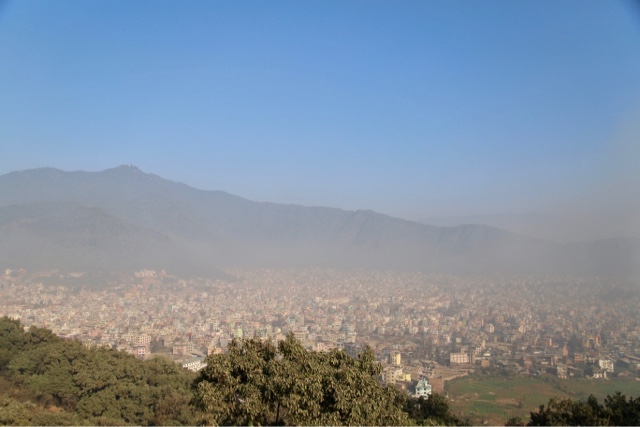
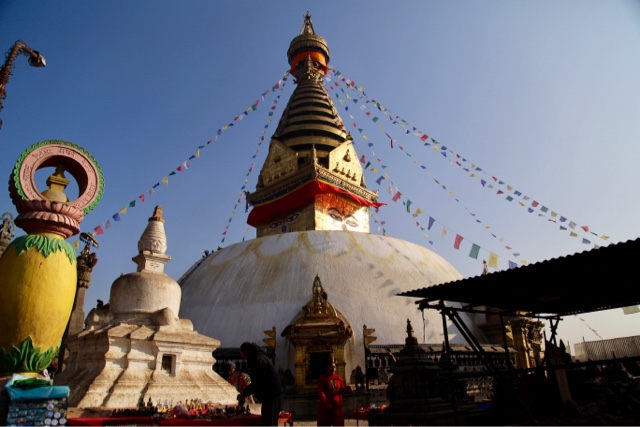
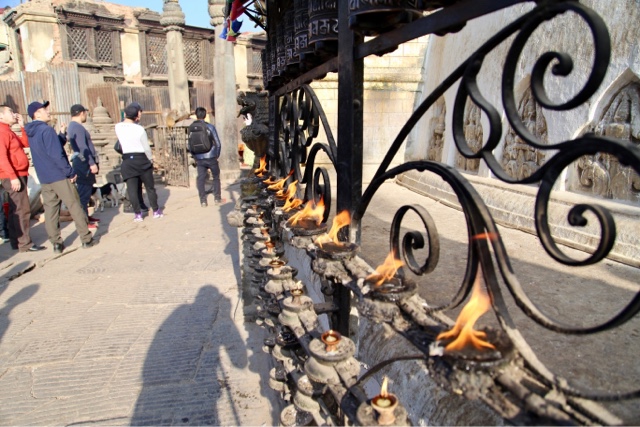
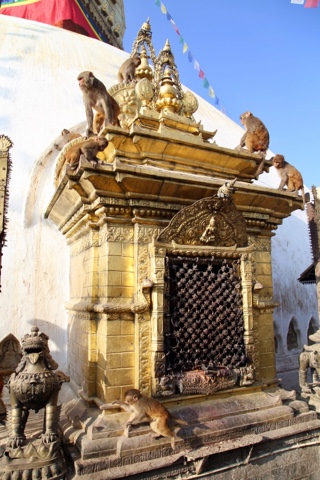
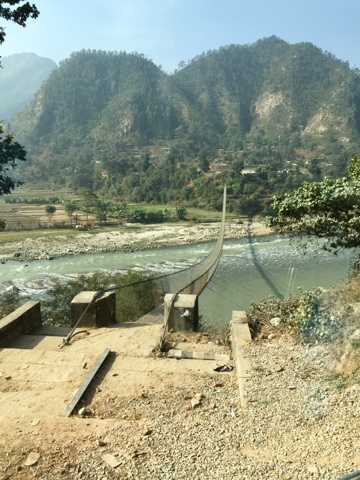
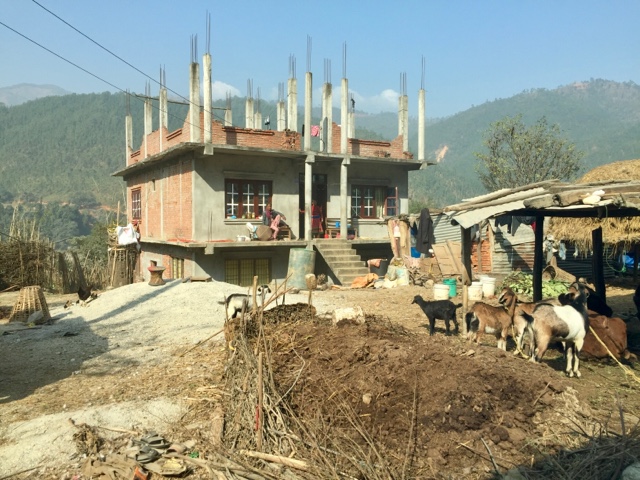
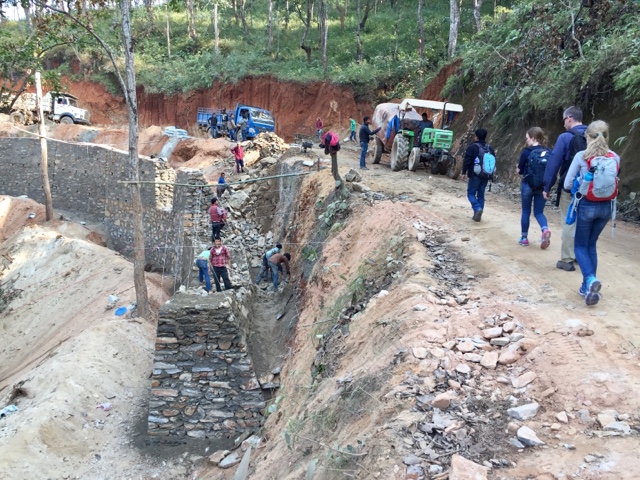
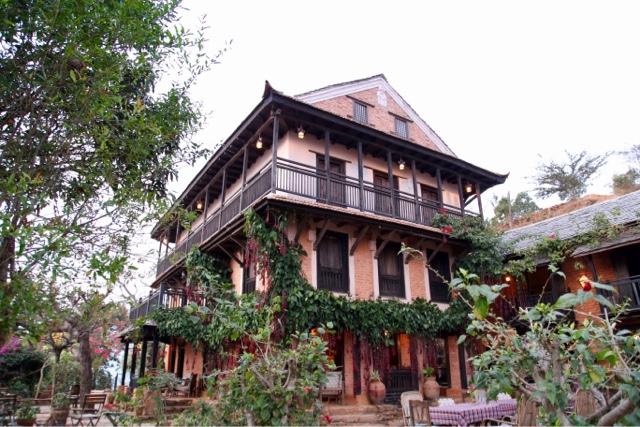
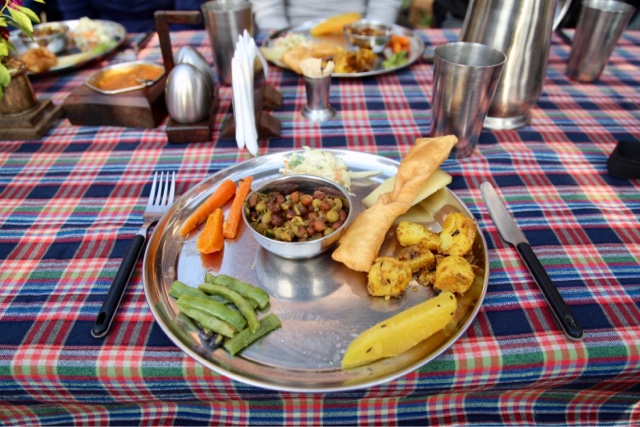
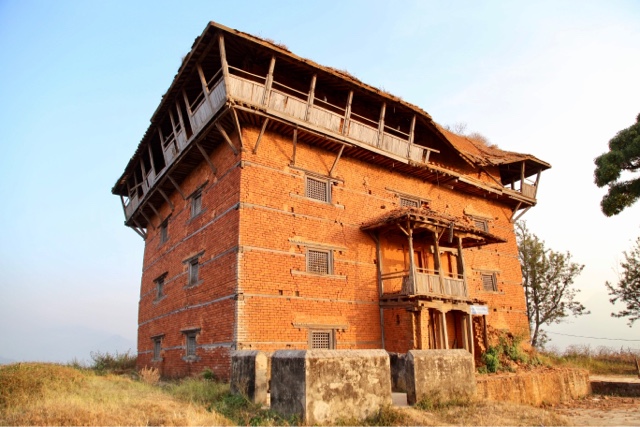
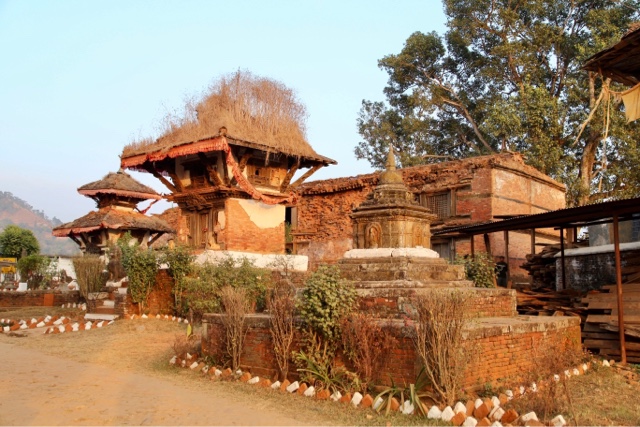
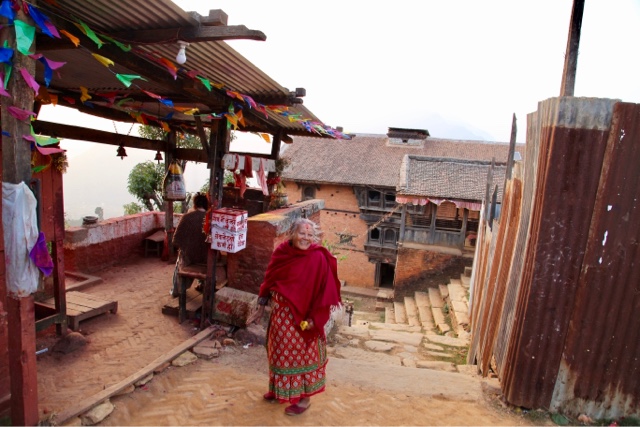
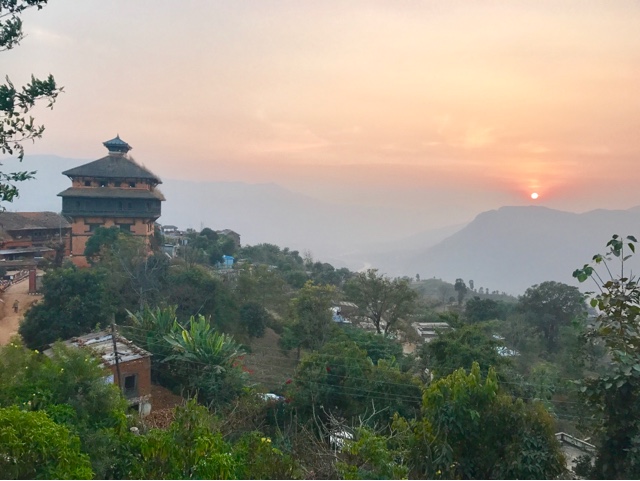
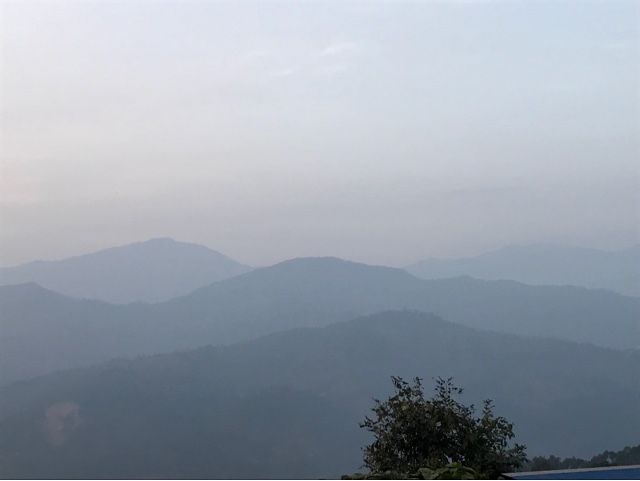
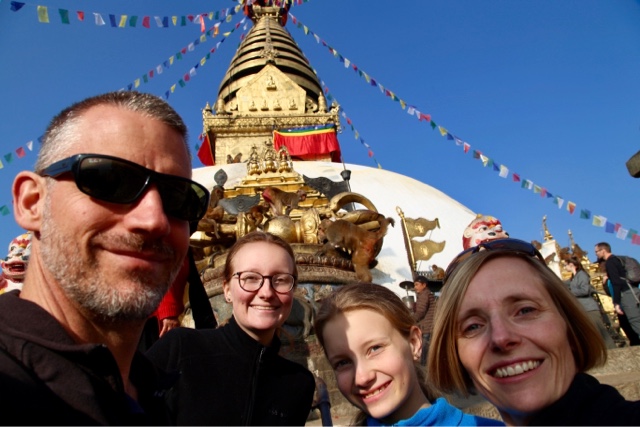
Comments are closed